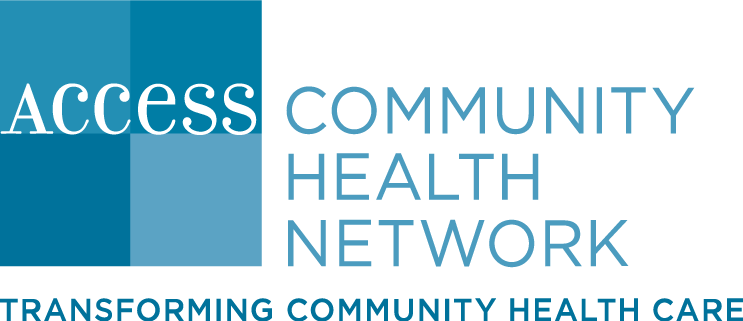What’s the Difference Between Diabetes 1 and 2?
If you or someone you love suffers from diabetes, you’re not alone. More than 30 million adults in the U.S. have diabetes, with 7.2 million of them going undiagnosed. An additional 1.5 million Americans are diagnosed with diabetes every year. It is the seventh leading cause of death in the country, costing $245 billion a year.
The African-American community has the highest rate of diabetes after American Indians/Alaskan Natives. Among people of Hispanic ethnicity, Mexicans have the highest prevalence of the disease. It’s important to understand the disease, your risk factors, symptoms and treatment. Gone untreated or not treated properly, diabetes can cause blindness, kidney disease and nerve damage in the feet. Why is nerve damage a big deal? Reduced sensation in the feet means that things such as blisters and stubbed toes may go unnoticed, turning a minor injury into an untreated infection that can lead to gangrene and amputation. Lastly, according to the CDC, people with diabetes are more than twice as likely to experience heart attacks and strokes than those who do not have diabetes.
Symptoms
The following symptoms of diabetes are typical, but it’s important to note that some people with Type 2 diabetes have symptoms so mild that they go unnoticed:
- Urinating often
- Feeling very thirsty
- Feeling very hungry - even though you are eating
- Extreme fatigue
- Blurry vision
- Cuts/bruises that are slow to heal
- Weight loss - even though you are eating more (Type 1)
- Tingling, pain, or numbness in the hands/feet (Type 2)
Type 1 Vs. Type 2
There are two core kinds of diabetes: Type 1 and Type 2. Let’s break down the basic differences:
Diabetes Type 1
Only 5% of people with diabetes have this form of the disease, but that doesn’t mean it’s just a few people. About 1.25 million Americans have Type 1 diabetes, and an estimated 40,000 people will be newly diagnosed.
In short, a diagnosis of Type 1 diabetes means your pancreas is no longer capable of producing insulin at all. Insulin is a hormone made in the pancreas, and one of its main jobs is to help control your blood sugar. After you eat a snack or a meal, insulin’s job is to signal muscle, fat, and liver cells in the body to absorb glucose (sugar) from the bloodstream to be used for energy.
Diabetes Type 2
If you have Type 2 diabetes, your body produces insulin but does not use that insulin properly. This is called insulin resistance. At first, your pancreas makes extra insulin to make up for it. But, over time it isn't able to keep up – your pancreas gets exhausted – and can't make enough insulin to keep your blood glucose at normal levels.
Treatment
People with both types of diabetes can learn to treat the disease effectively and lead fairly normal, long lives.
People with Type 1 Diabetes need to give themselves multiple daily injections with insulin pens or syringes or an insulin pump in order to give the body the insulin it needs. Some people with Type 2 can control their blood glucose with healthy eating and being active. But, your doctor may need to also prescribe oral medications or insulin to help you meet your target blood glucose levels. Type 2 usually gets worse over time – even if you don’t need medications at first, you may need to later on.
Exercise and nutrition are also key components of proper diabetes care, both of which help control blood glucose levels. Understanding how different foods affect your blood glucose and learning to develop solid meal plans is a crucial part of the disease management.
If you have any questions, think you may have symptoms, or have already been diagnosed but need help managing your diabetes, please contact ACCESS to schedule an appointment at a location near you. ACCESS' team of health care professionals is ready to help and can connect you with the right resources.
Sources:
www.diabetesselfmanagement.com
As of March 15, 2023
